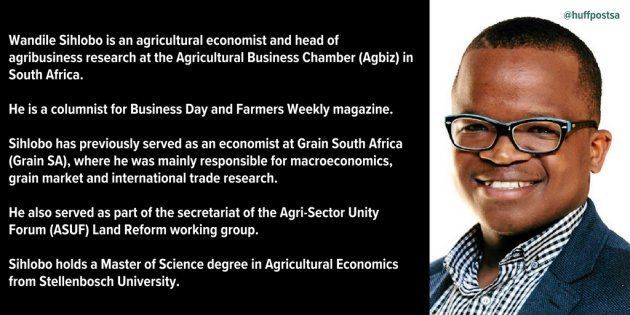

A few days back I tweeted about honey adulteration issues — which simply means a production of fake honey using sugar or other ingredients.
At the time I suspected that the issue would be linked to foreign products only. Well, it turns out we also have bad guys here in South Africa. How do I know this? From conversations with a couple of beekeepers in Howick, KwaZulu-Natal.
On Wednesday I went on a honey value-chain outreach programme there, and conversations with a couple of beekeepers suggested that adulteration is not only an issue of imported products, but has been happening in the country for some time.
Sadly, there is no enforcement or self-regulating/ethical trade body to address the issue at the moment — the complaints to regulators have landed on deaf ears thus far.
This of course could be confusing for consumers — if the adulterated honey is labelled as "pure honey", what does a consumer do? (I asked the beekeepers). The best indicator at the moment is "price" — I know this is not the best barometer. Anyway, on average, a 500-gram bottle of pure South African honey is about R65 or more on the shelf.
The adulterated honey often sells at a far lower price than this. In addition to that, consumers could look to trust larger brands which have a reputation to protect, or look at artisanal products where they know the beekeeper.
This pricing issue is not only an indicator for consumers, but also has implications for the sustainability of the industry — most importantly the potential new entrants. The pure honey value-chain is a bit complex and labour intensive — all increasing input costs. So competition with lower priced adulterated honey would squeeze real beekeepers and also lessen the potential for new entrants.
Honey adulteration could also have health implications, as some consumers favour pure honey for its health benefits — this is a topic for another day.
The 'mixed labelling' issue on honey products should not be taken lightly, especially given the recent upsurge of 'natural honey' imports into South Africa.
Enough about my ranting — the key issues that were raised by the beekeepers in Howick were:
• Adulteration (as discussed above)
• Honey labelling (more than 3 countries in one bottle, with no specifications of the amount from each country, and a lack of compliance with any legal requirements).
The "mixed labelling" issue on honey products should not be taken lightly, especially given the recent upsurge of "natural honey" imports into South Africa. South Africa's honey imports increased from 476 tons in 2001 to 4,206 tons in 2017, according to data from Trade Map.
This is mainly due to a steady domestic demand, coupled with a decline in domestic honey production, currently estimated at about 2,000 tons, against consumption of 5,000 tons per annum according to industry experts' estimates. But it is worth highlighting that on average, 76 percent of South Africa's "natural honey" imports came from China in the past 17 years.
I mention this because Chinese honey has in the past dominated the headlines, but not in a good way. In 2014, food24.com ran an article which highlighted that Chinese farmers were caught producing counterfeit honey.
Europe had similar experiences with imported honey and the challenge grew to such as extent that in 2014, European lawmakers ranked honey in the sixth spot on the list of 10 top products that are most at risk of food fraud.

